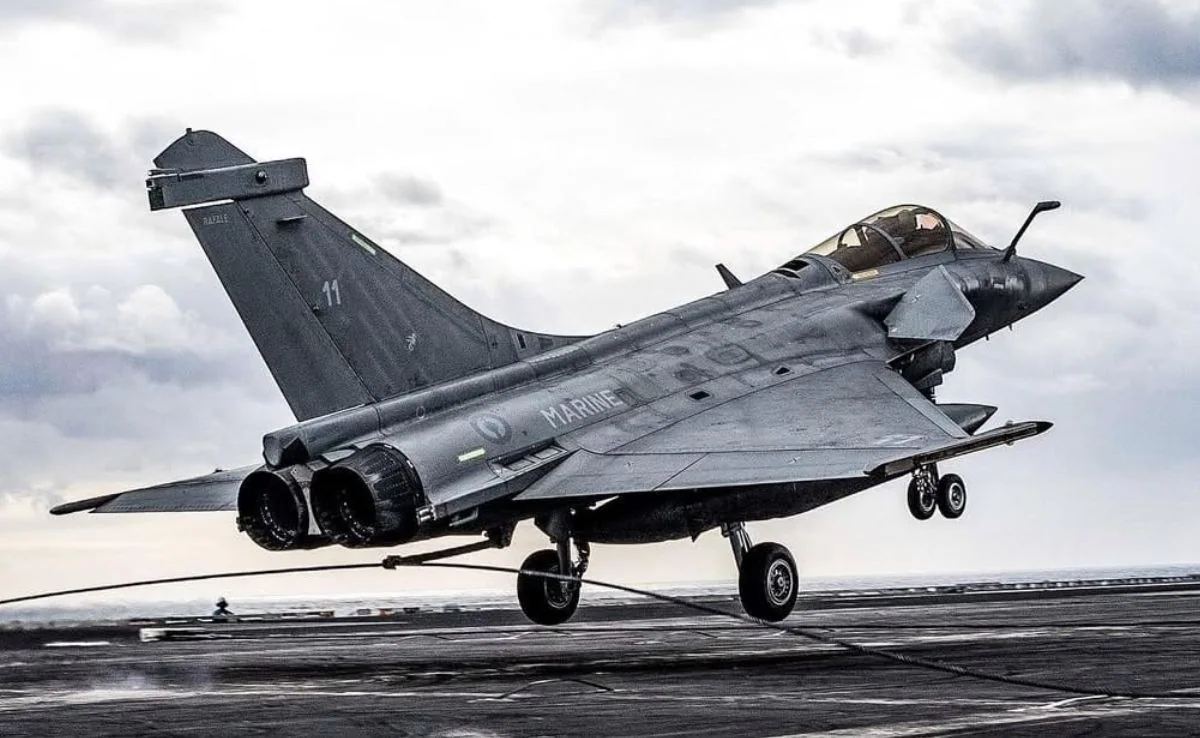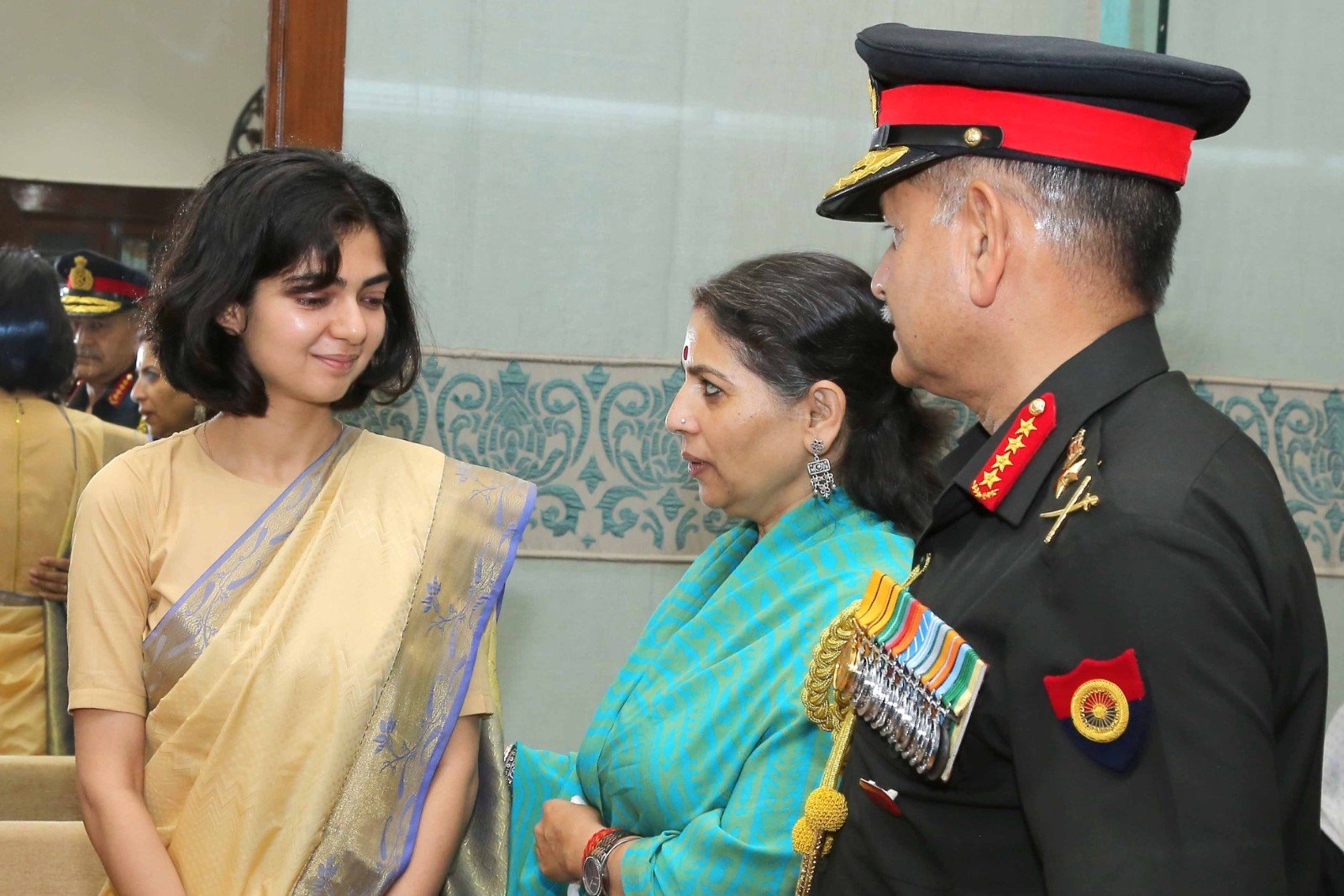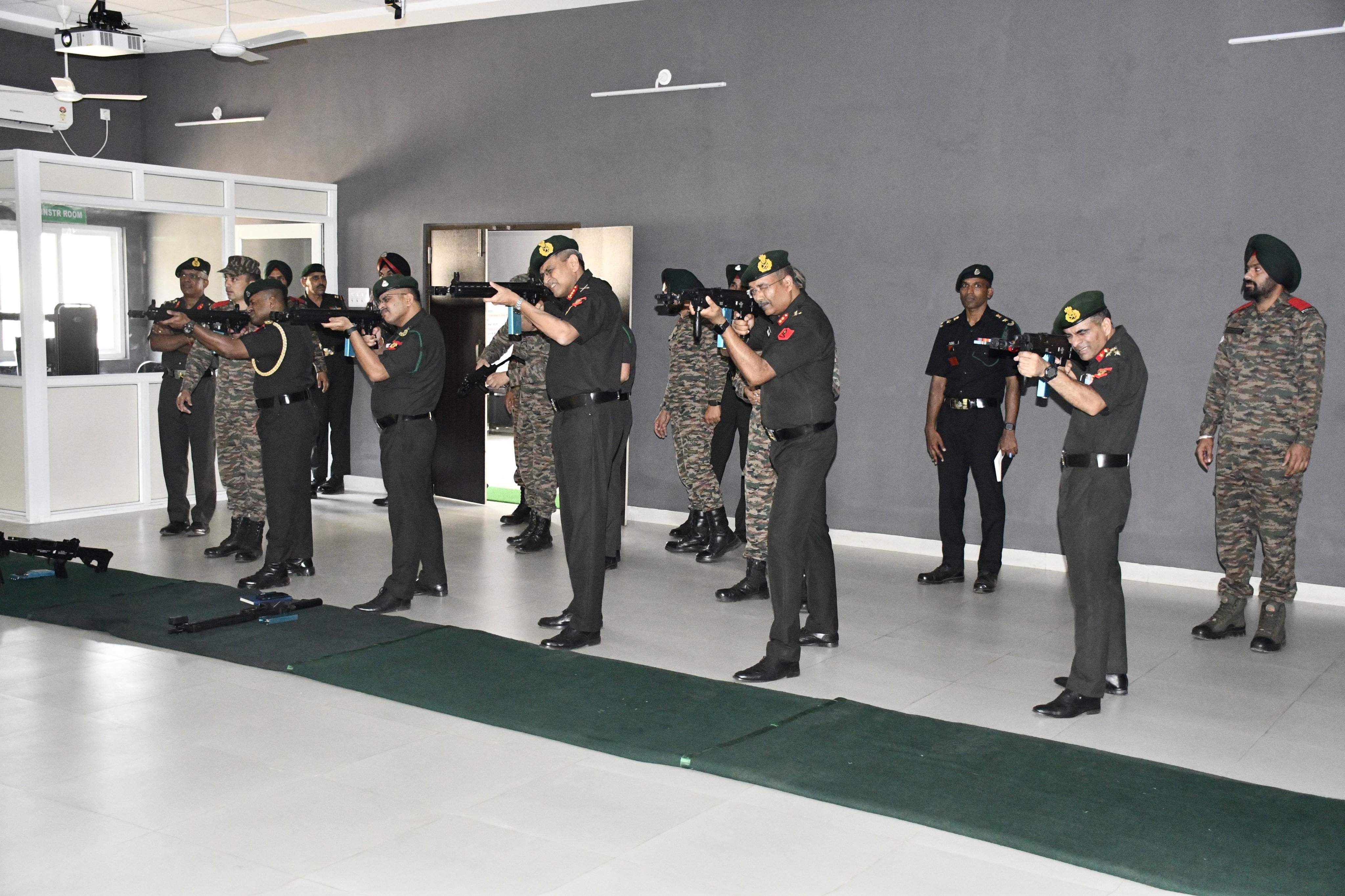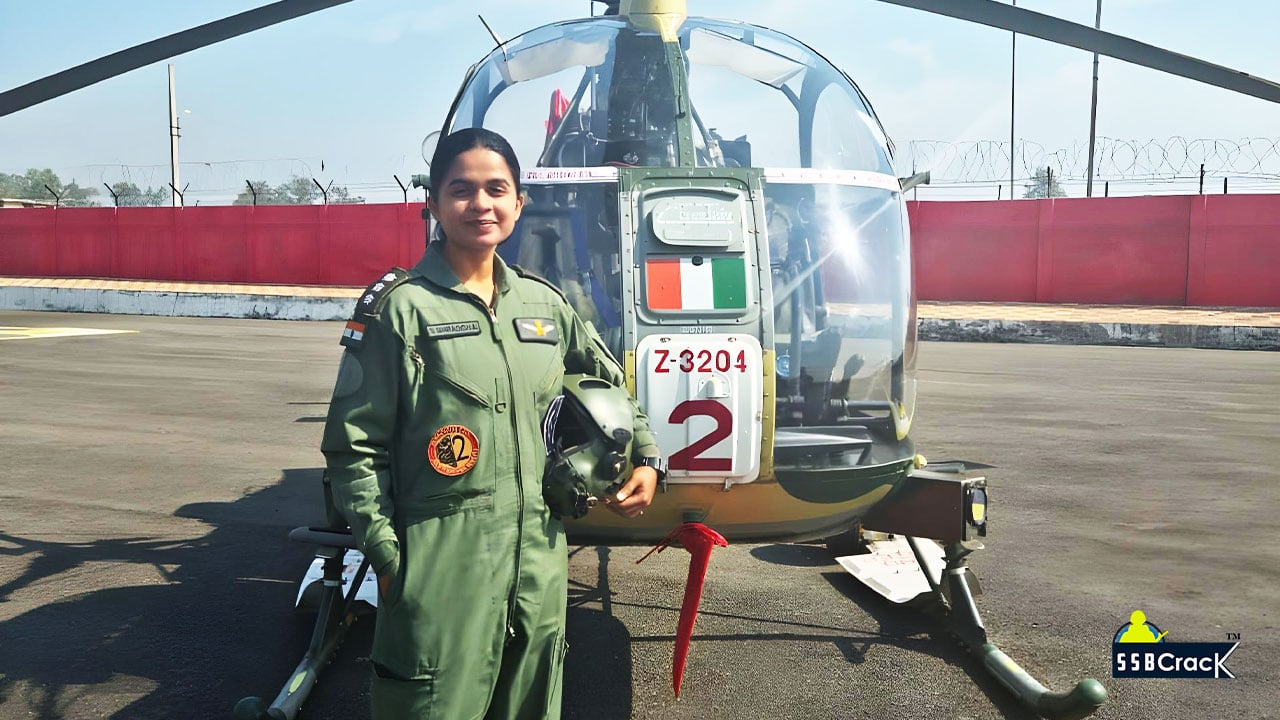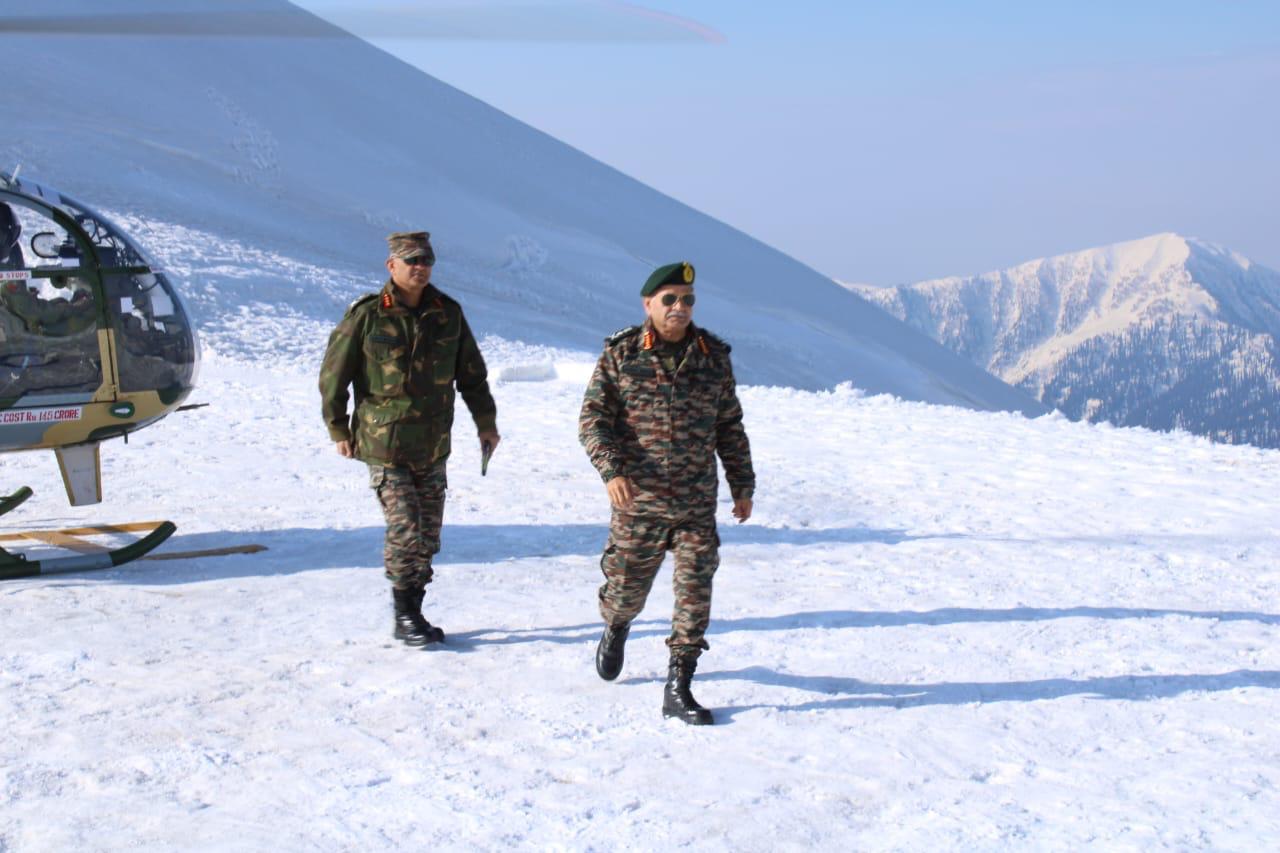5 Air Force Hospital, Jorhat Celebrates World Health Day 2025 with Focus on Maternal and Newborn Health
In alignment with the global theme of World Health Day 2025, “Healthy Beginnings, Hopeful Futures,” 5 Air Force Hospital in…
India Clears ₹63,000-Crore Deal for 26 Rafale Marine Jets to Strengthen Naval Aviation
In a major boost to India’s naval strike capabilities, the government has cleared a ₹63,000-crore government-to-government deal with France for…
AWWA Changed Name to Army Women’s Welfare Association
In a progressive move towards inclusivity, the Indian Army’s welfare body AWWA has officially rebranded itself as the Army Women’s…
Lt Gen Anindya Sengupta Reviews Training and Welfare Initiatives at Punjab Regiment Centre in Ramgarh
Lieutenant General Anindya Sengupta, General Officer Commanding-in-Chief (GOC-in-C) of the Indian Army’s Central Command and Colonel of the Punjab Regiment,…
Captain Shraddha Becomes First Woman Pilot in Indian Army’s Cheetah Fleet
Breaking barriers and inspiring generations, Captain Shraddha has etched her name in history as the first woman pilot in the…
Indian Army Chief General Upendra Dwivedi Visits Line of Control (LoC)
General Upendra Dwivedi, Chief of the Army Staff (COAS) of the Indian Army, conducted a significant visit to the forward…


